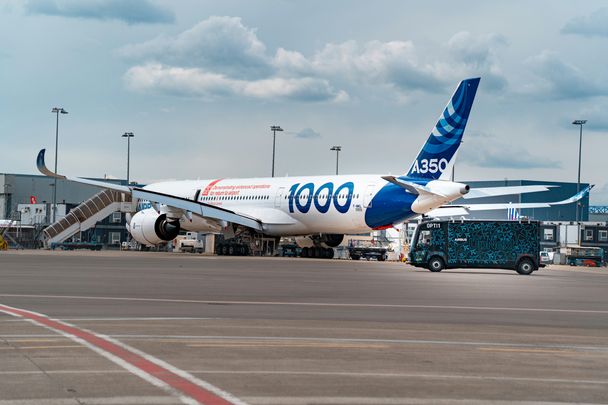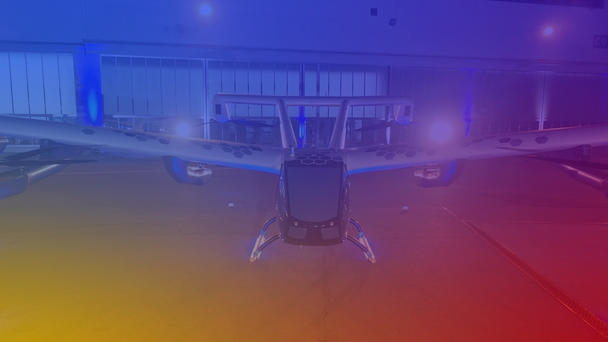Meet Optimate, an extra pair of eyes and ears for pilots

Coupled with approach and diversion assistance, automated ground taxiing can relieve airport congestion. The combination also lowers workload at the flight deck, opening the way for smart automation in the skies. A new Airbus UpNext demonstrator sets out to show how. It’s unconventional, to say the least.
Commercial aviation is headed for growth. Those in the know forecast that the global jetliner fleet will have to double over the next twenty years to satisfy demand.
A downside to this predicted traffic boom is that airports and airspace will become ever more congested, and more complex to navigate for flight crews. Add in an expected pilot shortage, and you have the ingredients for flight crew overload.
Three topics need to be addressed to avoid any overload. They are reducing pilot workload; increasing safety through automated trajectory protection; and digitally assisting collaboration between flight crews and air traffic control.
Gate-to-gate support
For pilots, runway-to-gate taxiing can be complicated. This makes it an ideal testing ground to address each of those three topics through smart automation.
So Airbus is doing what it has always done - innovate and demonstrate how to make this part of flying even safer. Airbus’ innovation arm UpNext has launched Optimate: a next-generation autonomy demonstrator that showcases new capabilities, while integrating functions tested by its predecessors, such as VERTEX and ATTOL.
The three-year project, a partnership with industry stakeholders, researchers and regulatory bodies including the French Civil Aviation Authority, aims to support pilots while increasing operational safety.
Optimate’s ultimate aim is to perform a highly efficient automatic ‘gate-to-gate’ mission on an Airbus commercial airliner. Any such mission will feature 4D trajectory flight management, a tablet-operated connected virtual assistant, and overridable protections - all to support the flight crew. Initially, however, the focus is on the taxi phase.

A ‘cockpit on wheels’ stuffed with sensor technology
Optimate’s ground test bench is…unusual. Eagle-eyed spotters may already have picked out its distinctive lines and livery among Airbus flight test aircraft at its Toulouse, France, base. Here’s the thing: the test bench is, in fact, a truck, registration OPTI1.
This cockpit on wheels is equipped with an A350 virtual flight deck, featuring ‘computer vision’ devices, including geo-locating sensors, 4D radar and lidar, that together serve as a virtual assistant to help safely and automatically guide an aircraft during taxi. The rear of the truck is kitted out with a full flight test installation to help engineers monitor the tests.

The fully-electric ‘flying truck’, as the test bench is known, is representative of the type of functions that could one day alleviate pilot workload. With fewer tasks to complete, flight crews can focus primarily on critical decision-making.
Thousands of test hours
The truck was initially trialled at UpNext’s headquarters near Toulouse, and later on the runways of Blagnac airport. Now the UpNext team hopes to scale up still further, taking the truck to an international airport.

Optimate will shift up another gear during the fourth quarter of 2024 with the demonstration of automated taxi operations on board an Airbus A350-1000 test aircraft. This phase will reveal a prototype version of new automation functions.
In the meantime, the ‘flying truck’ will perform thousands of hours of tests. For Airbus this keeps costs down, frees up test pilots to focus on aircraft deliveries and ongoing certification campaigns, and reduces the project’s CO2 emissions. So calling all avgeeks - there’s more to F-OPTI than meets the eye!



